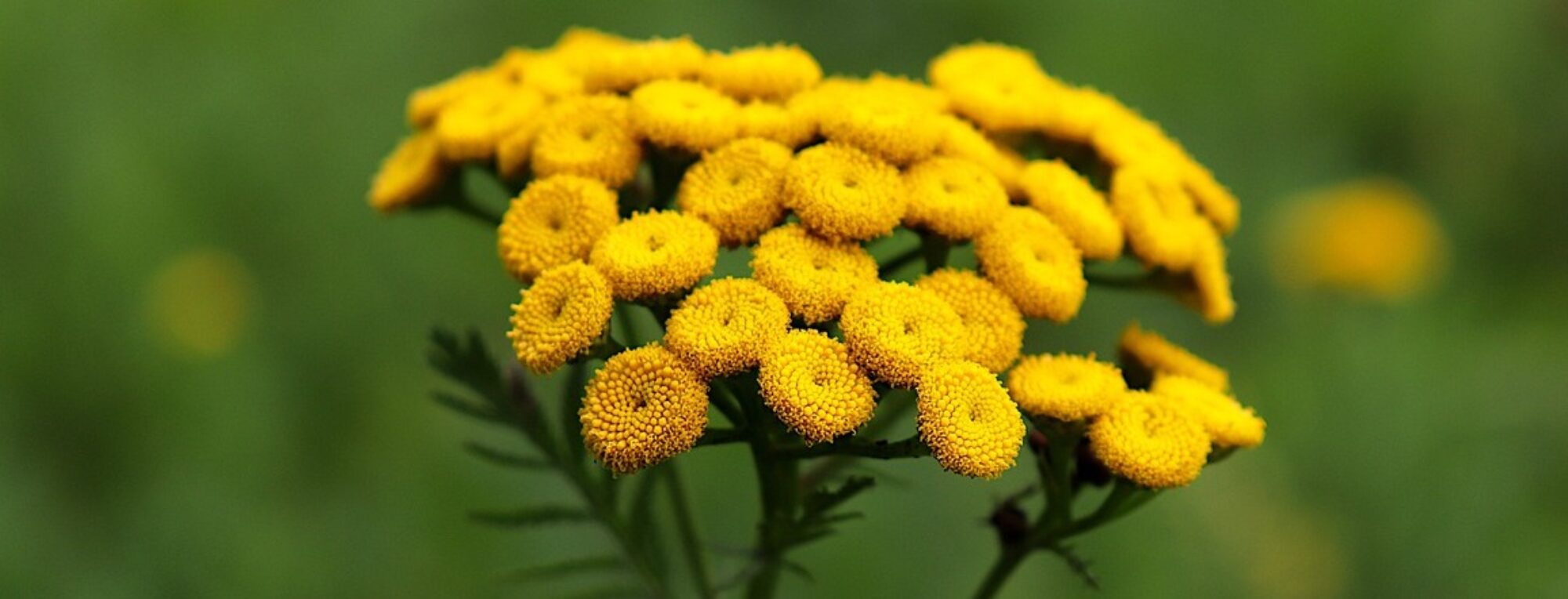
English name: Fieldpoppy
Family: Papaveraceae
Botanical characteristic: An annual, 30 – 60 cm tall herb with a straight stem covered with hairs. The leaves are feathery, serrate. Lower leaves petiolate, upper ones sessile. The four crown petals are red, with a dark spot at the base. The fruit is a capsule (poppy). The whole plant produces milk.
Microscopic drawing:

Distribution: It grows on grain fields, grassy areas, roadsides, railway embankments.
Drug: Papaveris rhoeas flos
Harvesting method: It blooms from May to July. The red crown petals are hand-picked at noon.
Drying: The crown chips of the poppy are wrinkled before drying due to wax expansion, which slows down the drying process. The flowers are dried naturally in a thin layer in a dark ventilated room. They are dried artificially in a drying oven where the temperature must not exceed 35 °C.
Active substances: Poppy flowers contain the red anthocyanin dyes mecocyanin and cyanine, but also mucilages, organic acids and the isoquinoline alkaloid roeadin in the milky sap.
Uses: Because of their attractive appearance, the flower petals are sometimes added to various tea blends for aesthetic function without any therapeutic intent. In the past, the flowers have been included in cough and hoarseness syrups, but evidence of actual efficacy is still lacking.
Selected herbal preparations: LEROS JOYFUL SLEEP funnel bags 20×1 g, KEREES Lozenges with wolf poppy drops, stay cool 8 pcs.
